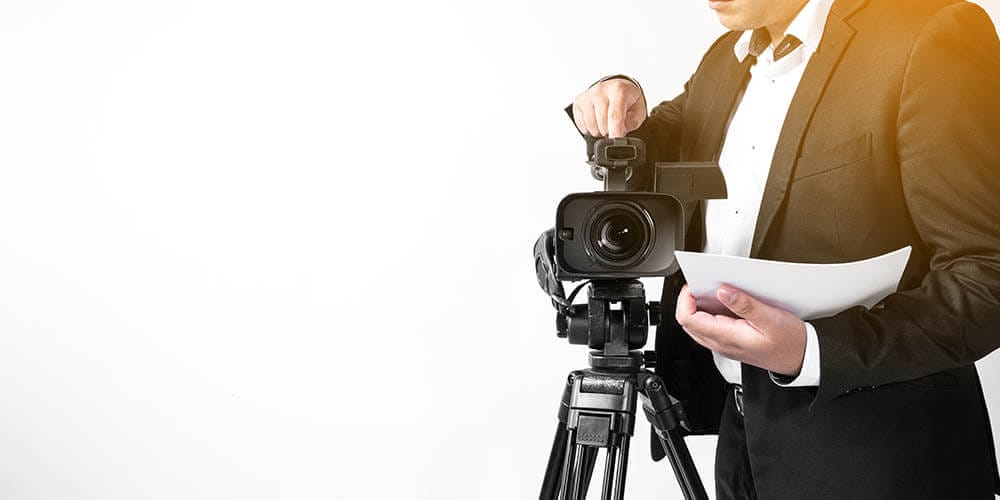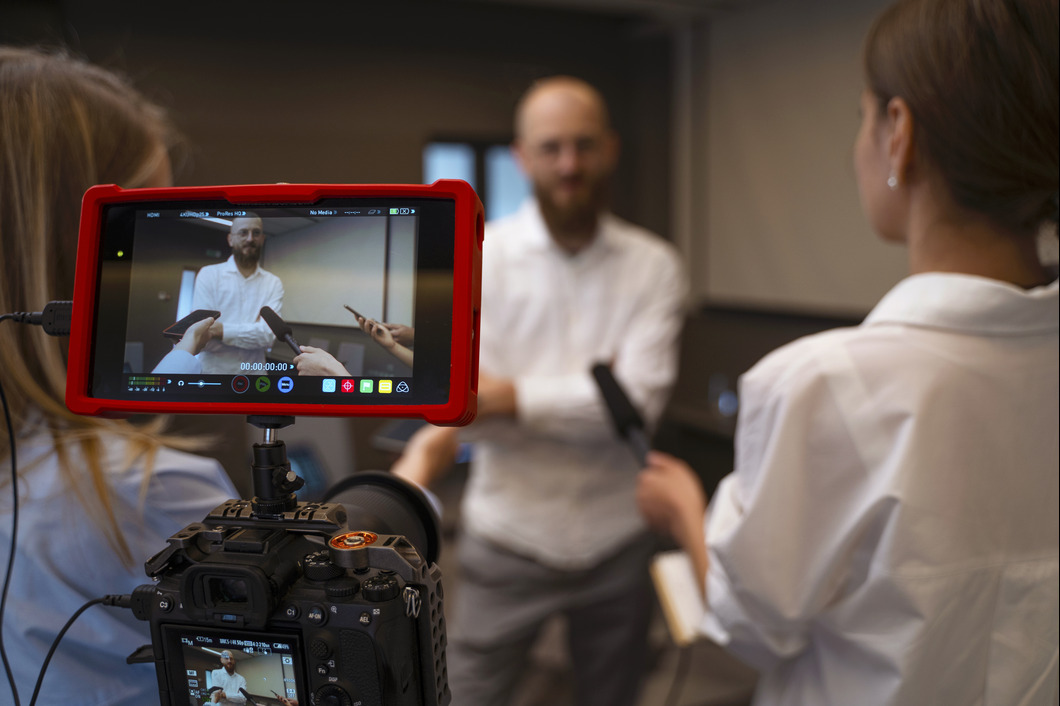Understanding the Influence of Legal Videography on Case Outcomes
Understanding the Influence of Legal Videography on Case Outcomes
Blog Article
Looking Into the Devices of Lawful Videography: Introduction Its Procedure in Shielding Genuine Aesthetic Testimony for Judicial Process
In the world of judicial procedures, the role of legal videography stands as a keystone in preserving and providing aesthetic evidence. As modern technology remains to advancement, the systems behind lawful videography have ended up being increasingly elaborate, using a crucial layer of authenticity to testimonies recorded on video. By delving into the functional ins and outs of lawful videography, one can discover the precise processes that guard the honesty of visual evidence offered in courts - Legal Videography. This expedition not just drops light on the historic advancement of legal videography yet also hints at the future fads that might better reinvent just how aesthetic statements are upheld in the world of justice.
Historical Development of Legal Videography
Taking a look at the historic development of legal videography reveals a substantial change in the recording and discussion of visual evidence within the lawful landscape. In the past, legal process heavily depended on composed records and photographs to document events and give proof. Nevertheless, with the introduction of video innovation, the lawful industry saw a paradigm shift in just how visual testament was recorded and provided.
The advancement of legal videography can be mapped back to the late 20th century when developments in video recording tools made it much more obtainable for use in courtrooms. This technical development not just enhanced the precision and integrity of visual proof yet likewise changed the means cases existed to discretionary (Legal Videography). Lawyers started to recognize the convincing power of video clip recordings in sharing emotions, nuances, and non-verbal signs that created photographs or transcripts alone might not capture properly

Innovation Innovations in Video Paperwork
What crucial technical advancements have reinvented video documents in the lawful area? The legal field has actually seen considerable developments in video paperwork technology that have actually boosted the authenticity and dependability of visual evidence in judicial proceedings.
Moreover, advancements in video clip security and watermarking innovations have boosted the protection and tamper-proof nature of video evidence, securing it against unapproved changes or meddling. The development of cloud storage space solutions and remote gain access to capabilities has structured the storage space, retrieval, and sharing of video proof, promoting seamless cooperation amongst legal professionals and guaranteeing efficient accessibility to vital visual statements when required. These technological innovations in video clip documents have certainly reinvented the lawful field, improving the accuracy, reliability, and admissibility of visual proof in judicial procedures.
Function of Legal Videographers in Courtroom Setups
The evolution of video clip paperwork innovation in the legal area has required a critical duty for legal videographers in courtroom setups, making sure the stability and reliability of aesthetic statements offered throughout judicial process. Lawful videographers play a fundamental function in recording and maintaining precise visual proof that can be critical in litigation. Their responsibility reaches establishing up tools, tape-recording process, and creating top notch video clips that accurately reflect the occasions in the court room.
In court setups, lawful videographers have to abide by rigorous guidelines and requirements to preserve the authenticity of the aesthetic document. They should have an eager eye for information and a comprehensive understanding of lawful treatments to guarantee that the video they record is a real depiction of the occasions that transpired. In addition, lawful look at this web-site videographers commonly work very closely with legal groups to ensure that the video proof straightens with the situation's needs and can be effectively provided in court to sustain the legal disagreements being made. On the whole, the duty of legal videographers in court settings is vital in upholding the principles of justice and making sure the openness of legal procedures.

Ensuring Admissibility and Integrity of Video Clip Proof
To maintain the integrity of aesthetic proof presented in legal process, ensuring the admissibility and integrity of video clip proof is a crucial obligation for legal videographers. Admissibility describes the acceptance of evidence by the court, and for video proof to be permissible, it has to satisfy specific standards. Lawful videographers play an essential duty in making sure that the video clips they capture abide by the policies of proof, such as dependability, significance, and credibility.
Honesty of video clip proof entails keeping the creativity and accuracy of the video from the time it is recorded until it is helpful site presented in court. This includes securely storing the video clip data, recording the chain of protection, and protecting against any kind of tampering or modifications. Legal videographers must stick to rigorous procedures to ensure the integrity of the video clip proof and avoid any type of challenges to its authenticity.
Future Trends in Legal Videography
Provided the increasing reliance on technology in lawful procedures, legal videographers are poised to welcome cutting-edge advancements shaping the future of visual statement capture and presentation. Among the noticeable fads imminent is the combination of digital reality (VR) and augmented fact (AR) modern technologies right into legal videography. These innovations have the prospective to transform how visual proof is provided in courtrooms, permitting courts and judges to submerse themselves in the scene of the crime or occurrence.
Furthermore, using expert system (AI) formulas for video analysis is expected to streamline the procedure of evaluating and examining large quantities of video clip footage. AI can assist in identifying key minutes, abnormalities, and patterns within video clips, boosting the effectiveness of legal examinations.

Verdict
In conclusion, legal videography has actually played a crucial role in supplying authentic visual evidence for judicial process. Through technological advancements and the experience of lawful videographers, the stability and admissibility of video clip evidence are made sure in court settings. As legal videography remains to develop, it will certainly be important to support criteria that maintain the precision and dependability of aesthetic testament for the future of lawful procedures.
Analyzing the historical development of legal videography reveals a significant makeover in the recording and presentation of visual proof within the legal landscape.The development of video documents modern technology in the lawful area has actually necessitated a vital role for legal videographers in court settings, guaranteeing the honesty and reliability of visual testaments presented throughout judicial procedures. In addition, legal videographers frequently work very closely with lawful groups to make certain that the video evidence aligns with the case's demands and can be efficiently discover this offered in court to support the lawful arguments being made.To preserve the reliability of visual proof offered in legal process, ensuring the admissibility and integrity of video clip proof is a critical duty for legal videographers. As legal videography continues to progress, it will be vital to copyright standards that preserve the accuracy and dependability of aesthetic statement for the future of legal proceedings.
Report this page